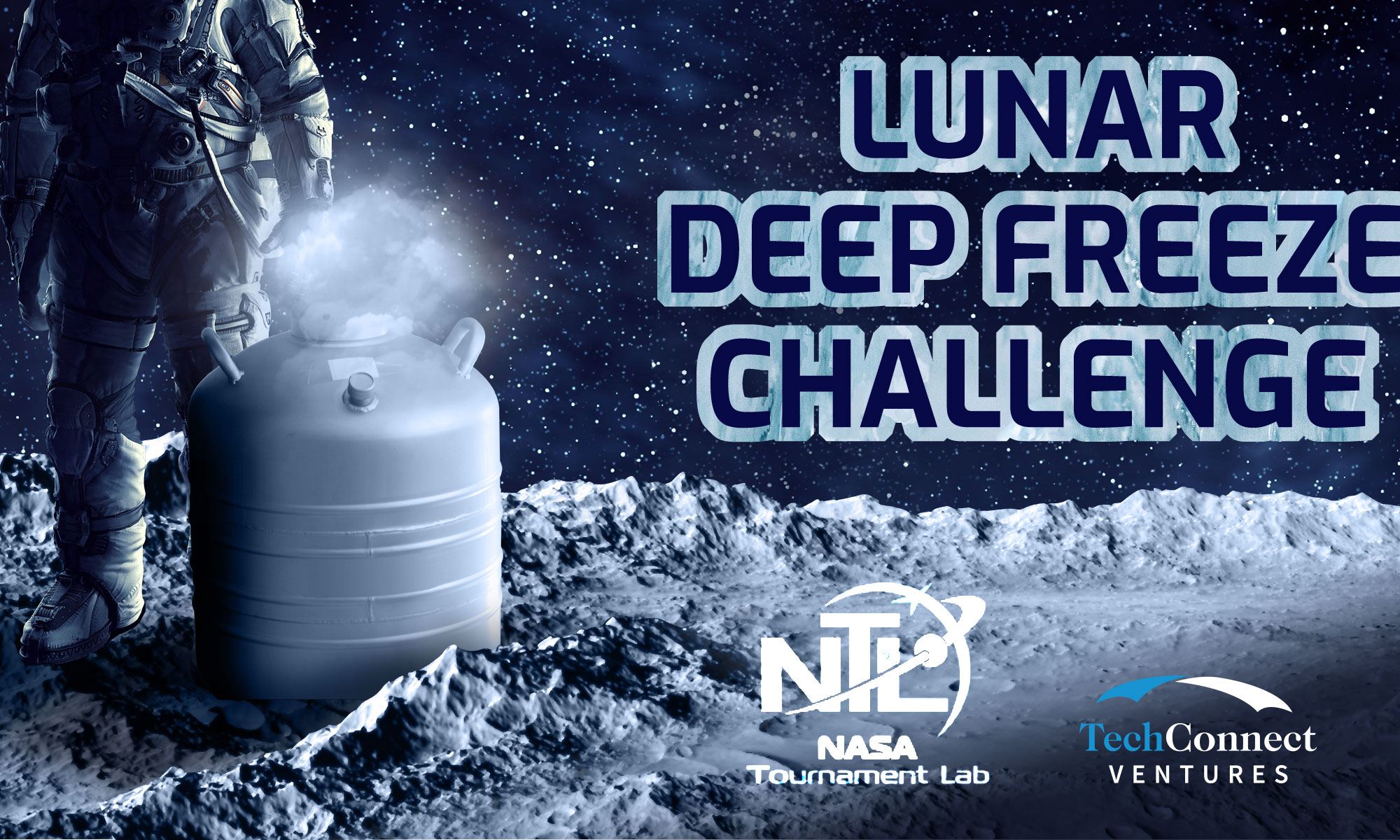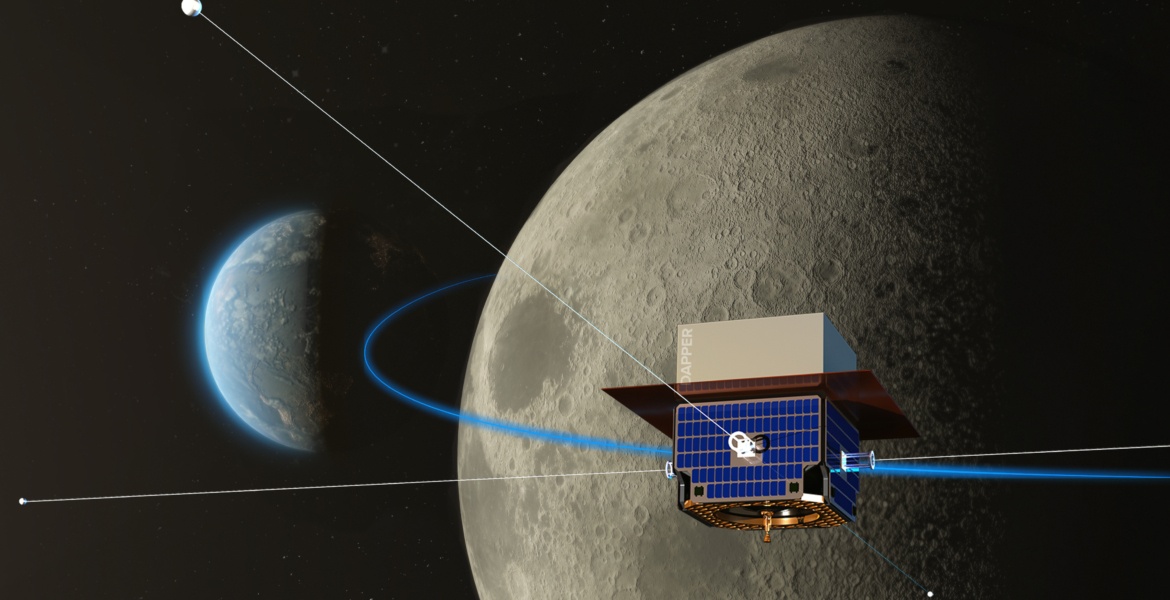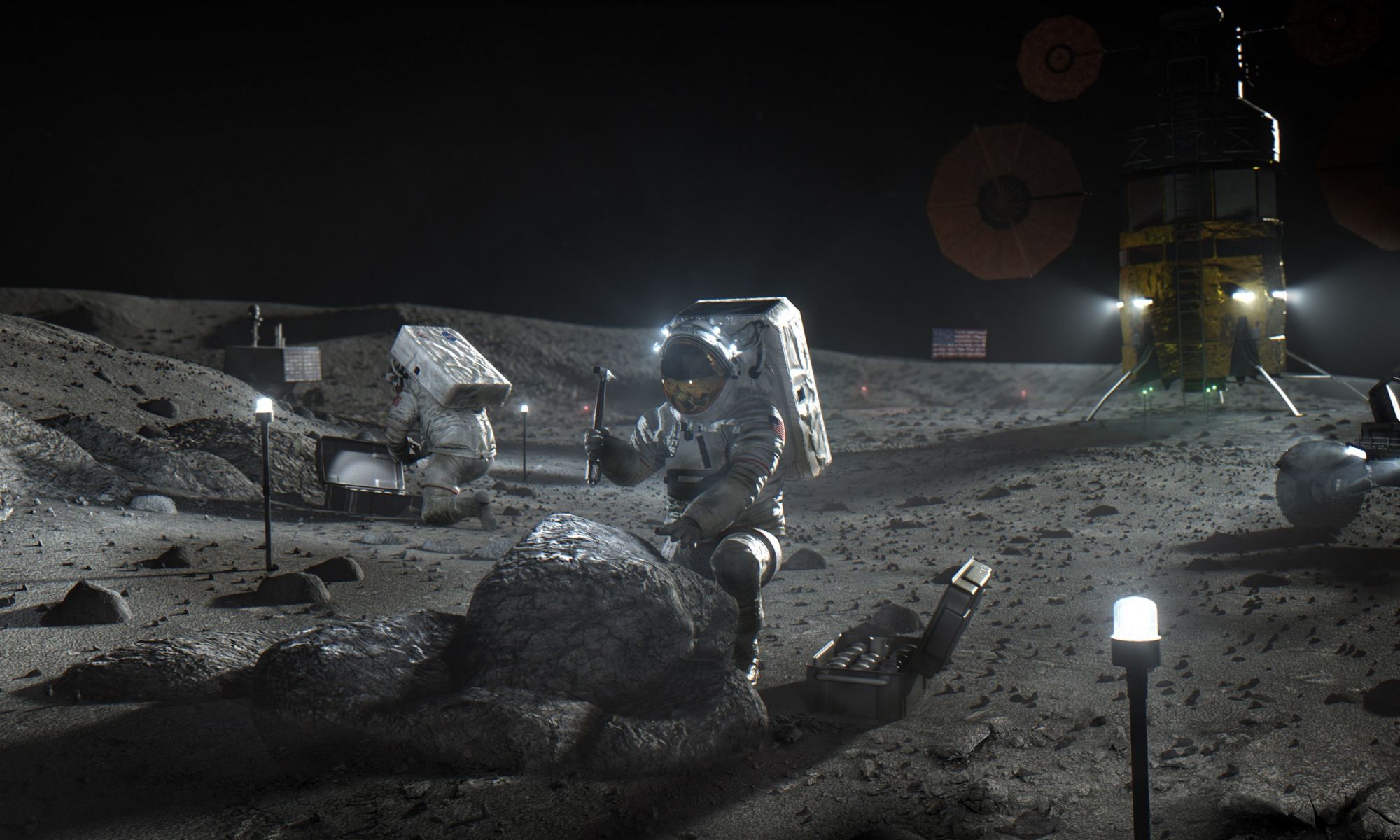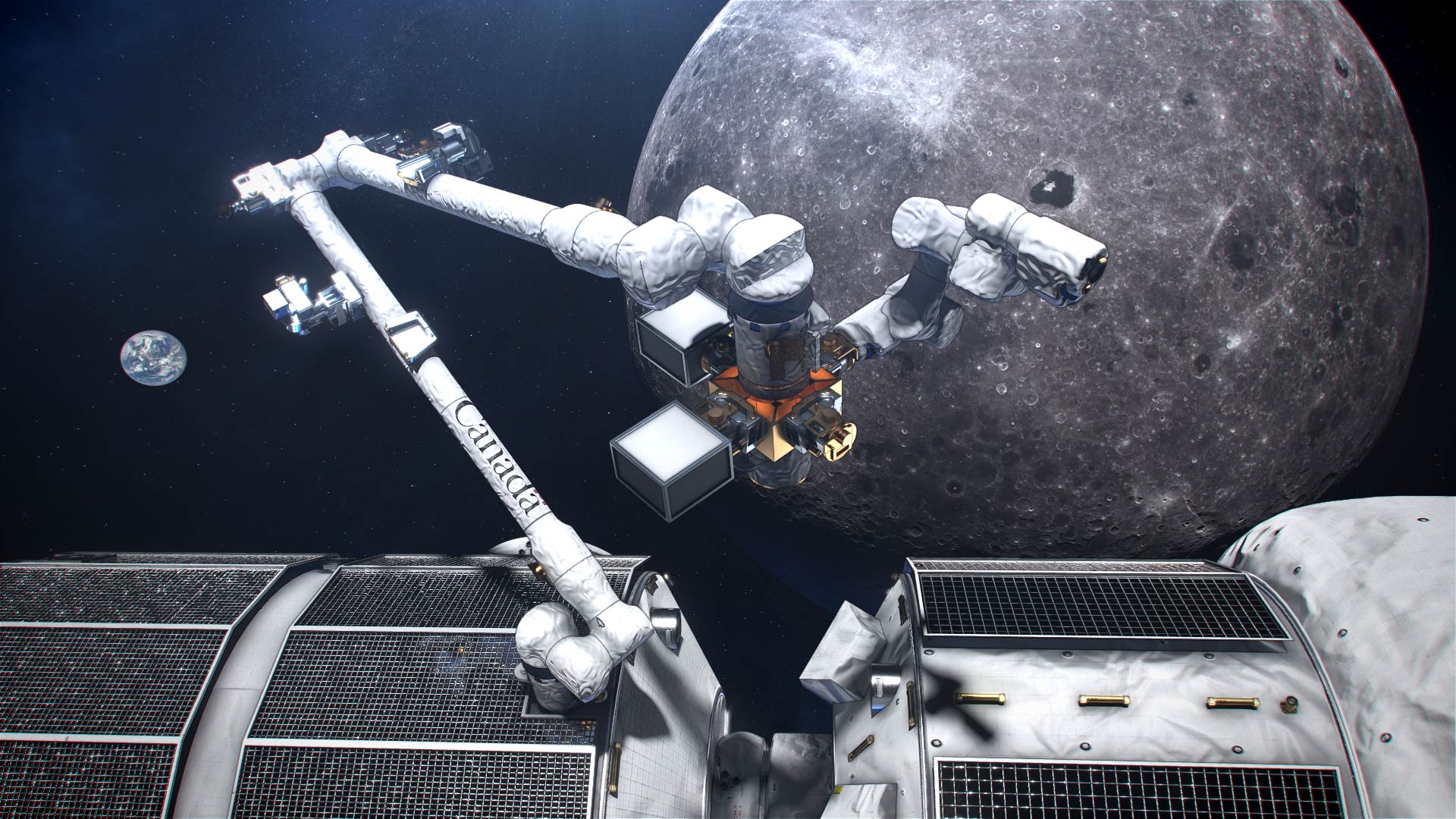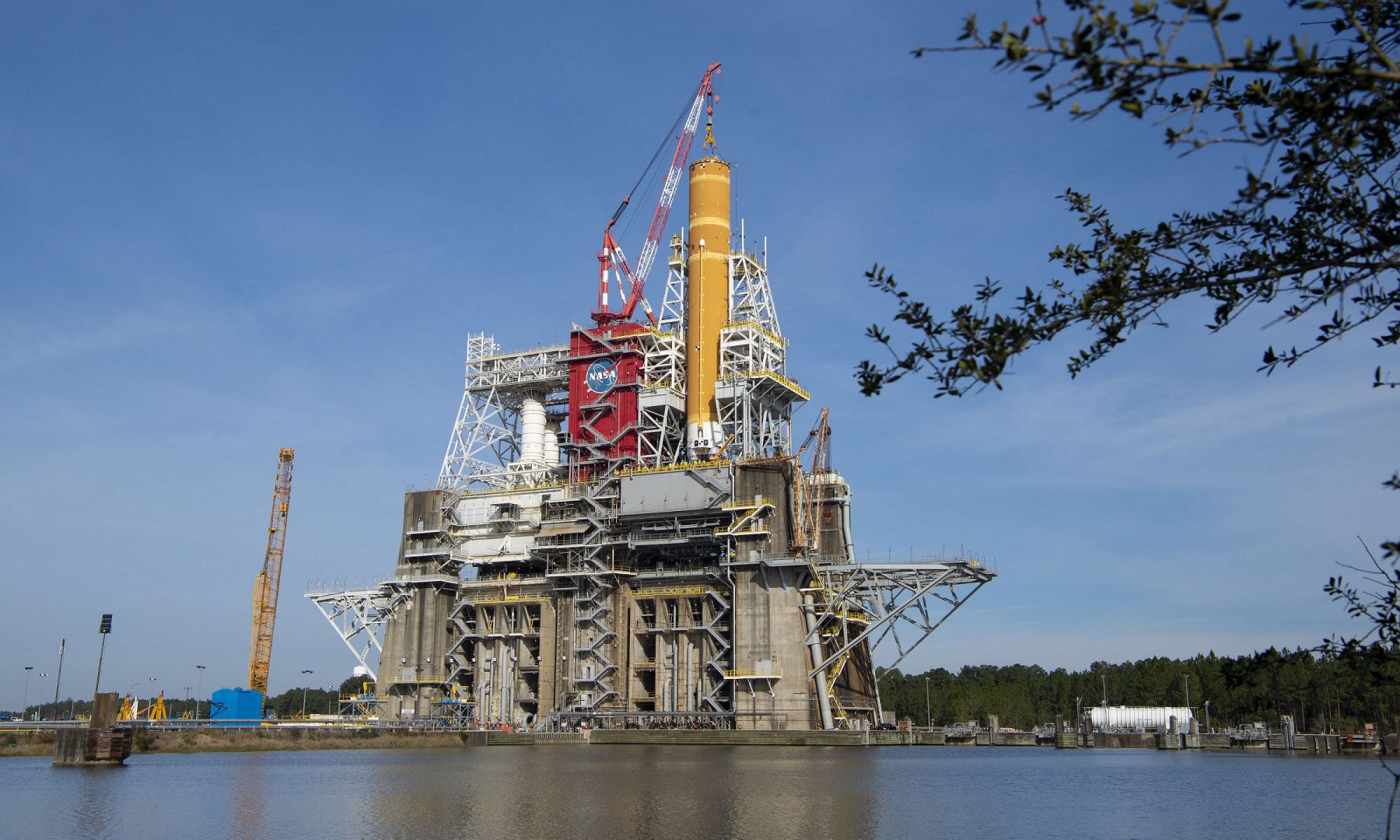When astronauts return to the Moon for the first time since the Apollo Era, they will be tasked with conducting some very lucrative science operations. Like their predecessors, this will include a sample-return mission, where they bring back lunar rocks and regolith for study. There have also been proposals that renewed missions to the Moon bring back samples of lunar ice so scientists can determine where the Moon’s water came from.
And it appears NASA was listening and would like some public input on this! To this end, the NASA Tournament Lab and TechConnect Ventures (a n open-innovation platform) have come together to launch the NASA Lunar Deep Freeze Challenge. Basically, NASA is looking for ideas on how cold samples collected in the lunar polar region could be preserved and kept frozen for the return trip to Earth.
Continue reading “NASA Has a New Challenge to Bring Frozen Samples of the Moon Back to Earth”
